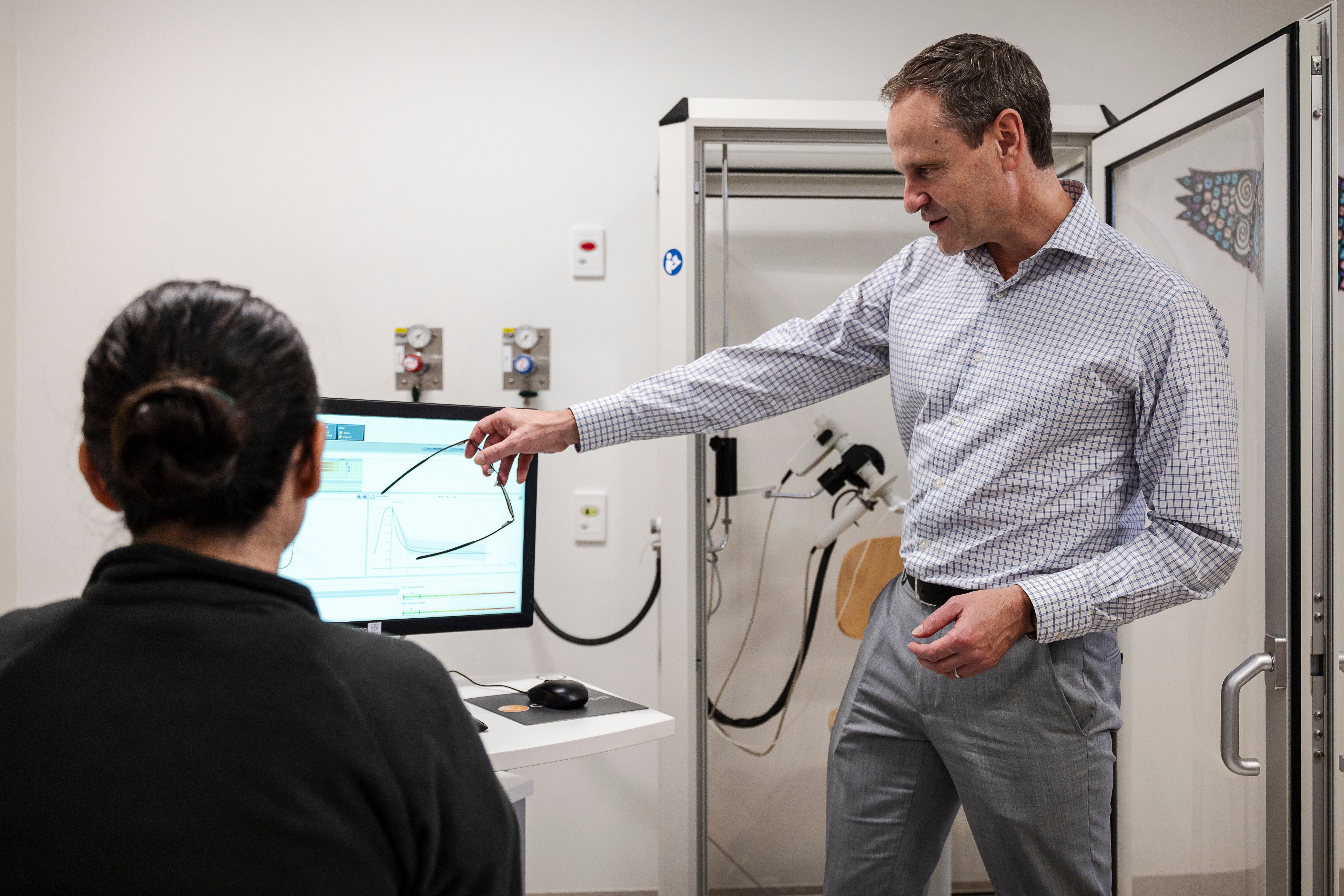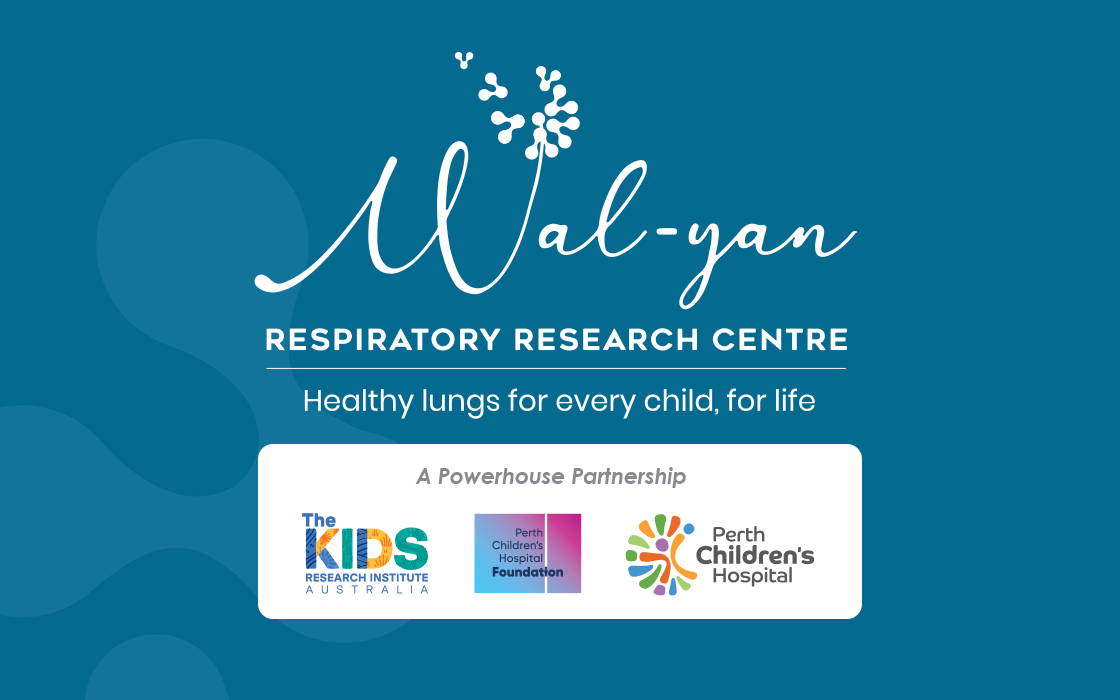Search
Read about the students currently undertaking their PhD as a part of the Children's Diabetes Centre.
Research
Energy drink consumption among young Australian adults: Associations with alcohol and illicit drug useAustralian energy drink users tend to have heavier alcohol consumption patterns be a cigarette smoker and use illicit drugs relative to non-users.

Learn with The Kids – suitable for kids and schools

Hands-on science lesson plans for teachers related to the topic 'What's In Our Cells?'

Sign up to join the Embrace Community Group here.

News & Events
New guidance aims to transform Indigenous healthcare through cultural safety and partnershipA new paper published in Frontiers in Pediatrics offers clinicians a practical roadmap to improve healthcare outcomes for Indigenous children, starting with respect, communication, and cultural understanding.
Search Giving at The Kids.

Rhinovirus infection is associated with airway epithelial cell necrosis and inflammation via interleukin-1 in young children with cystic fibrosis

A clinical trial is a scientific study, or an organised test of medicines and new treatment options, involving patient and non-patient human volunteers.
